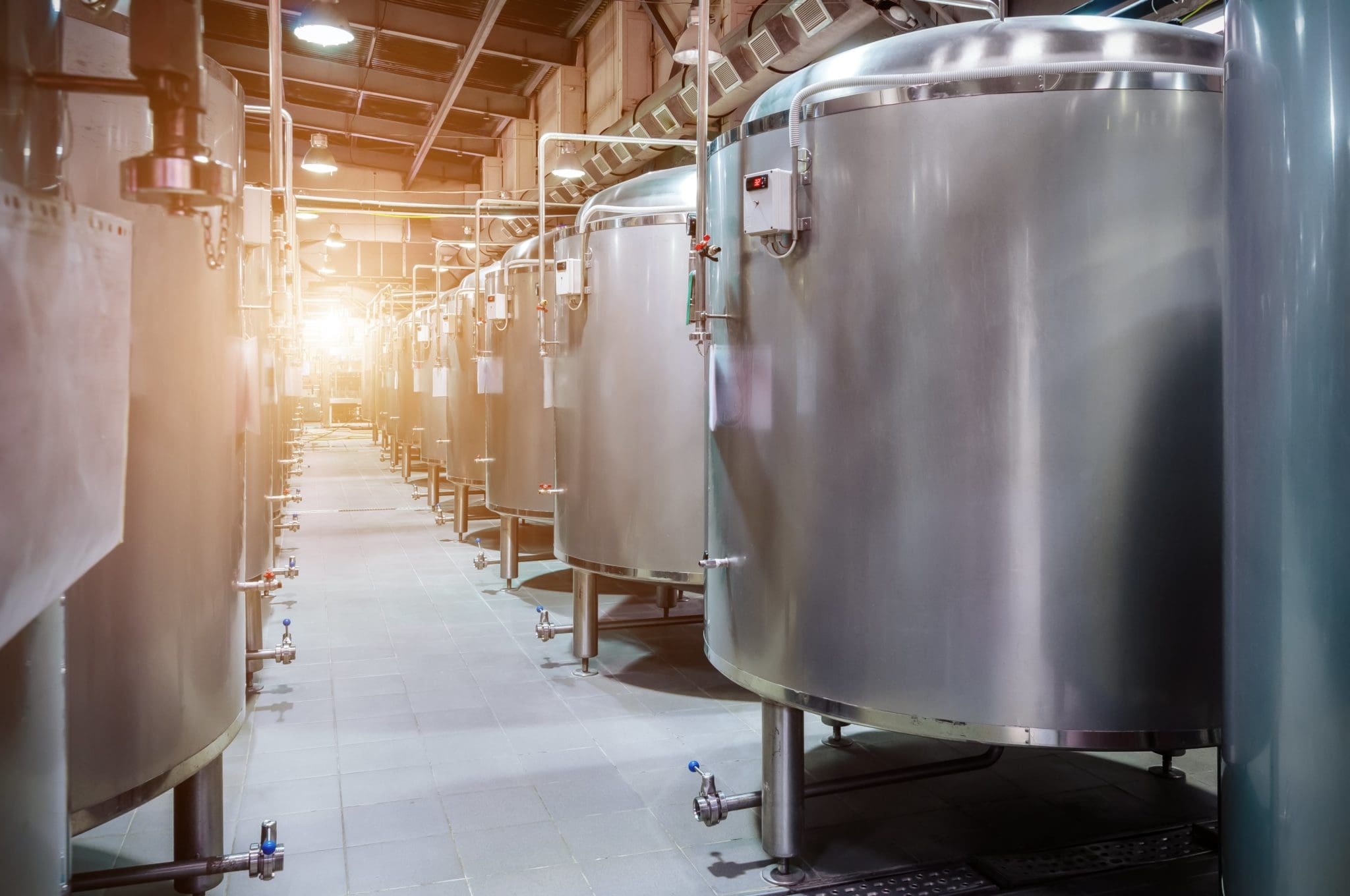The COVID-19 crisis has forced business owners to come up with creative ways to keep cash coming in the door to continue to pay their employees and continue operations. Many businesses have had to find new and inventive ways to continue operations, serve their customers and stay afloat.
One industry that turned this moment in history into an opportunity for growth was beverage and spirits industry. The craft brewers, along with winemakers and distillers, were uniquely positioned to be able to pivot their focus from their beverages to assist with the explosion in demand for disinfectants and sanitizing products. This was a brilliant move, not only to supplement loss in taproom and tasting room sales, but also help, even if in a small way, fight the pandemic. While most of production is aimed at industrial applications today, permanent smaller scale production may not be out of the realm of possibility, as there is likely to be a shift in the view on personal hygiene. This new line of business and the uncertain economy are an addition to the list of reasons for craft brewers, winemakers and distillers should consider taking advantage of the Research and Development (R&D) credit.
What is the R&D Credit and What Qualifies?
The R&D credit is a relatively underutilized federal credit for manufacturing companies that develop new products, improve existing products, improve manufacturing processes and, most importantly, incur “qualified research expenses” (QREs). QREs include the following:
- Wages paid to employees performing qualified services
- Supplies used and consumed in the R&D process (not including depreciable tangible property)
- Research expenses paid to a third party for performing qualified research activities on behalf of the taxpayer. Allowed at 65% of the actual costs incurred
- Research payments made to an educational institutions and scientific research organizations, allowed at 75% of the actual costs incurred
In order for expenses to be considered qualified research expenses, the taxpayers must show the following research activities:
- Are intended to solve technological problems that exist at the beginning of a project
- Rely on science such as engineering, computer science, biological science or physical science.
- Relate to the development of a new or improved business component/lines. The new components are then defined as new or improved products, processes, techniques, formulas, or inventions to be sold or used in the taxpayer’s trade or business
- Constitute a process of experimentation involving testing and evaluation of alternatives to solve the highlighted technological problems
The above gives a general idea and guidelines for the activities and expenses that qualify for the R&D credit. The rules, application of the credit, and specific tests to meet the credit can be complex and challenging.
The R&D Credit is Here to Stay – For Now
The PATH Act of 2015 made the R&D credit permanent. The Act also allows small businesses and start-ups with no federal tax liability and gross receipts of less than $5 million to take the credit against payroll taxes. This amounts to a refundable credit up to $250,000 for five years. That’s a total potential credit of $1.25 million! While the PATH Act made the R&D credit permanent, any tax law is subject to the will of Congress.
In 2018, The Tax Cuts and Jobs Act (TCJA) made some modifications to the credit. The most notable change is the shift in the treatment of research and development expenses for tax purposes. Currently, research and development costs can be expensed immediately under Internal Revenue Code Section 174(a) or, if desired, can be treated as deferred expenses whose costs will be amortized over 60 months under Section 174(b). However, TCJA eliminates the ability to immediately expense research and development expenses for tax purposes starting on January 1, 2022. Costs will be required to be placed in a capital account and amortized over five years (60 months).
R&D Credit May Help COVID-19 Cash Flow
Craft brewers, winemakers, and distillers are constantly creating new beverage lines, improving existing beverage lines, and as in the case of COVID-19, entering entirely new markets. The R&D credit is a great way to help minimize liability for both small and larger brewers, winemakers or distillers. It also may be another way to help manage cash flow in this unpredictable COVID-19 economy. Some states also have R&D credits available. See our article about R&D credits in the Virginia, Maryland and DC area in an upcoming post. Check your state to see if an R&D credit is offered.
If you are a craft brewer, winemaker, or distiller, or you are a business who has pivoted to create new product lines and believe your expenses qualify as research expenses, please let us know if we can help you take advantage of the research and development credit. Contact us for more information.
© 2020
Alex Scott is a Supervisor with Thompson Greenspon and has been with the firm since 2016. Prior to joining the firm, he worked for Deloitte’s National Federal Tax Service line in Chicago, Illinois, as well as other small to mid-sized firms. Alex provides tax services for government contractors, professional services firms and closely-held business and their owners. His experience includes tax compliance, planning and accounting assistance for S and C corporations, partnerships, sole proprietors and individuals.
Alex graduated cum laude from Western Michigan University. He holds both a Bachelors of Business Administration degree with a concentration in Accounting and a Bachelors of Business Administration degree with a concentration in Finance.
He is a board member of the Dulles Regional Chamber of Commerce and served as chair of the Dulles Regional Young Professionals Committee for two years beginning in 2018. Alex is a member of the American Institute of Certified Public Accountants and the Virginia Society of Certified Public Accountants.



